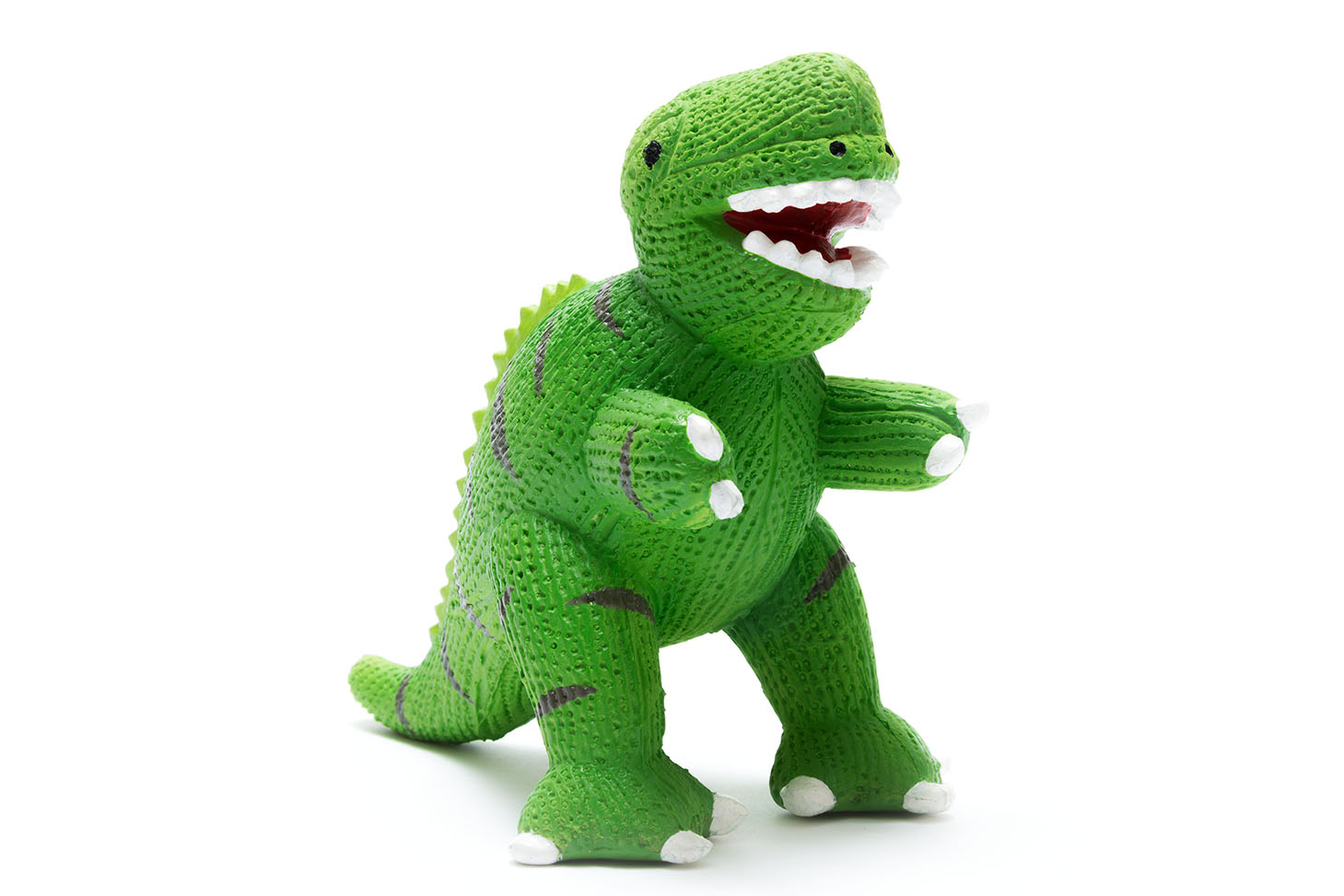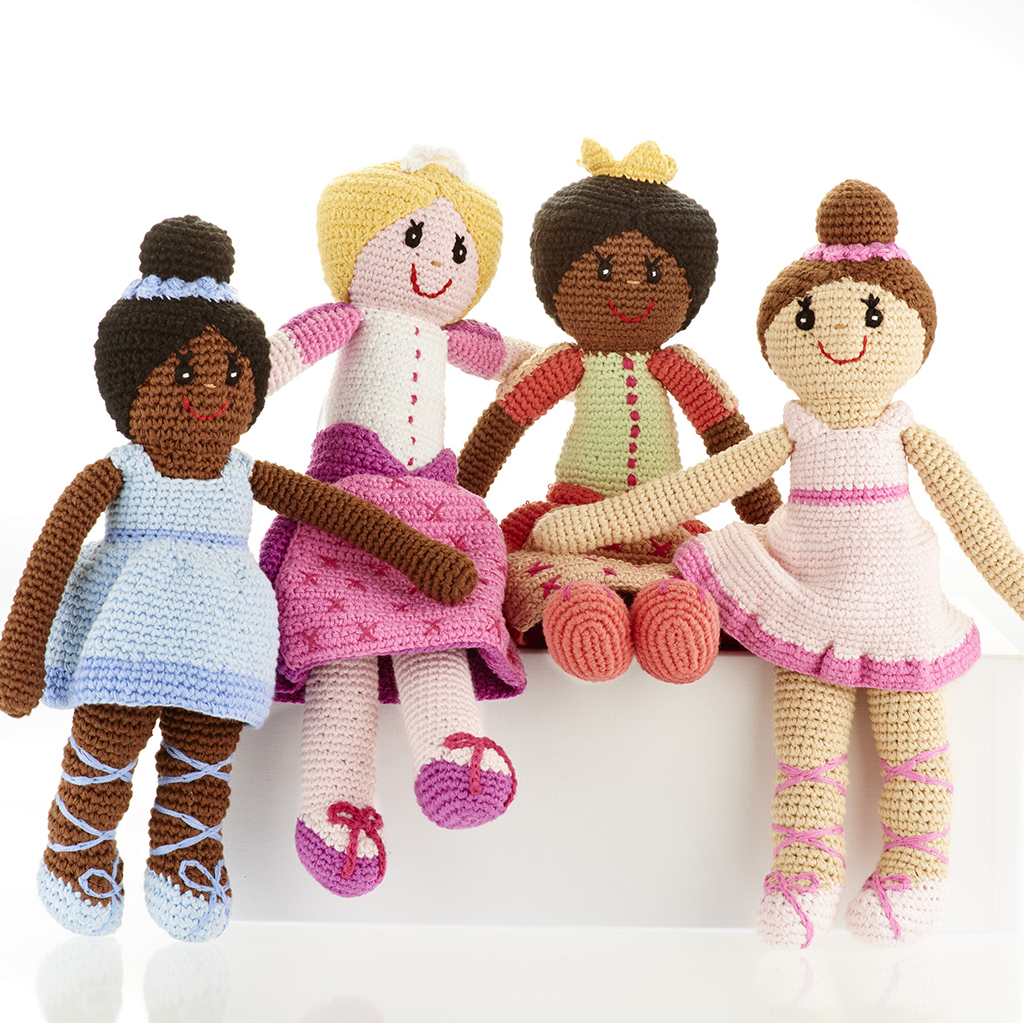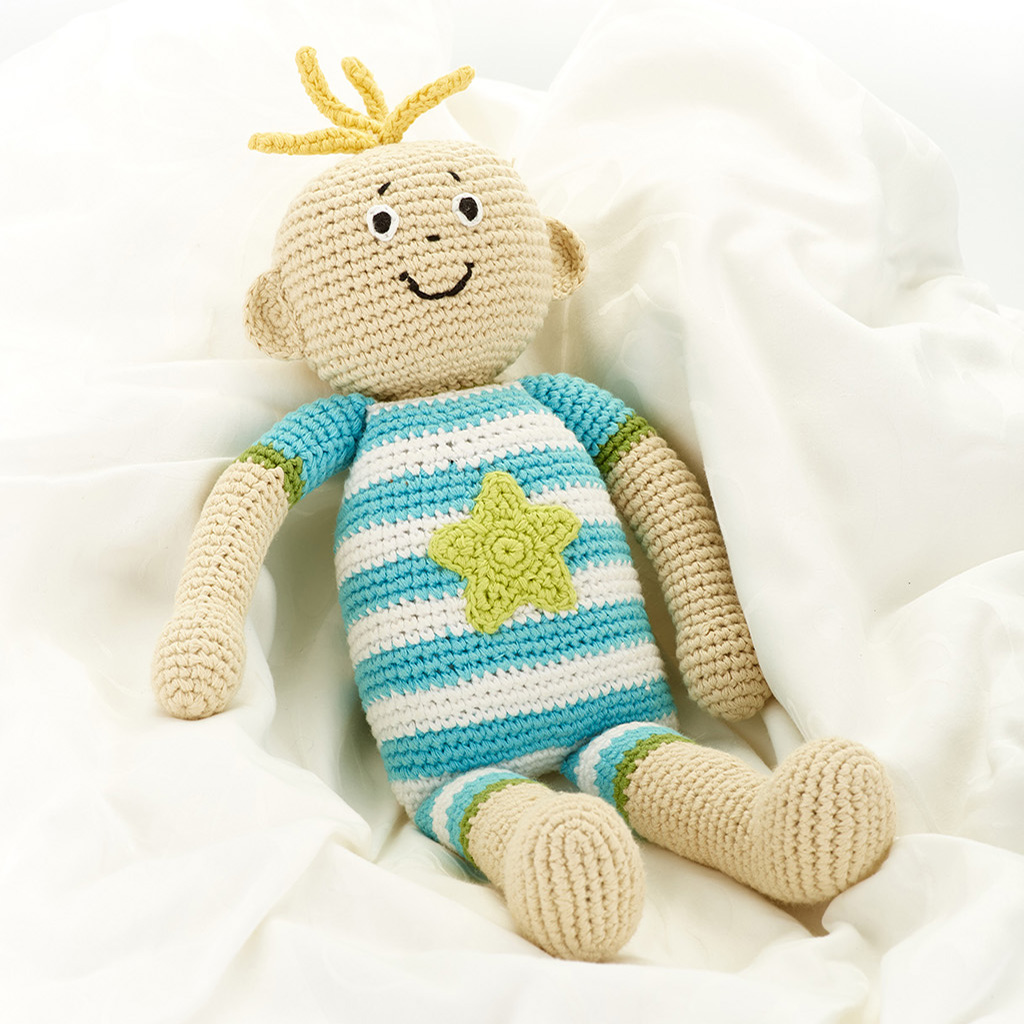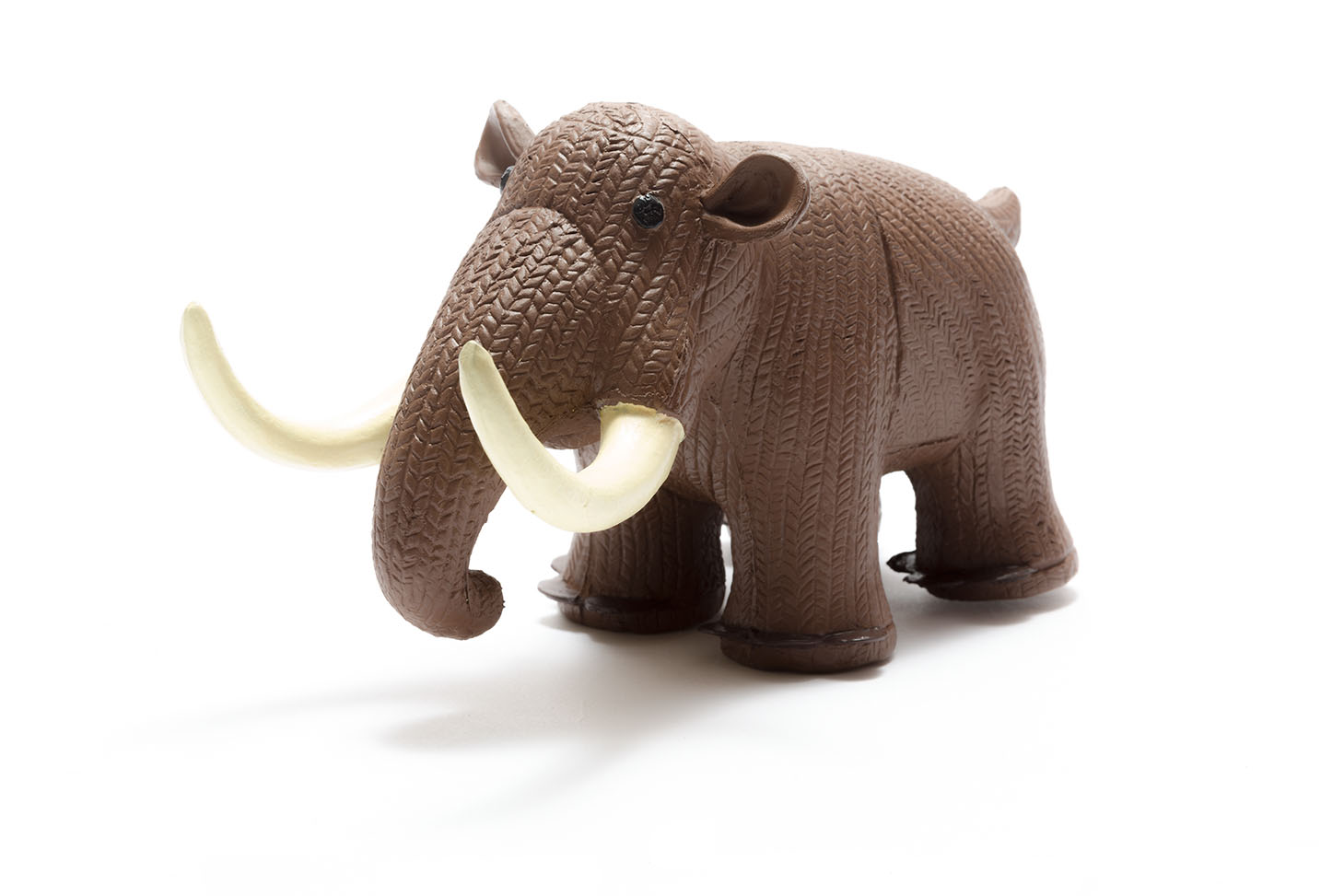News & Articles

THE 3P'S OF CUTTING DOWN ON SINGLE-USE PLASTICS - PRODUCT, PACKAGING AND PERSONAL
A GUEST BLOG FROM GAYNOR AT BEST YEARS:
[gallery ids="4770,4767" type="rectangular"]
No one could have escaped the backlash against single-use plastics which has become a talking point both for businesses and consumers this year
Concern was initially kicked off by The Blue Planet but the issue has been picked up and consolidated by enough organisations that there will be very few people left who don’t accept that we all have a responsibility to reduce our use of single-use plastics.
Unfortunately, it can seem a daunting task to solve what seems like an overwhelming problem. Here at Best Years we obviously want to do our bit and in order to make it more of an accessible task have decided to break it down into three distinct areas, Product, Packaging and Personal
PRODUCT
The use of plastics in toys started during WW2 when metal became scarce and has increased over the years until the majority of mainstream toys are manufactured entirely or partly from plastics. Items made from wood, cotton, metal and natural rubber are better alternatives to plastic toys but they are usually more expensive. The use of plastic has brought down the cost and perceived value of toys and we have effectively been taught that toys are cheap. This will probably be the main problem in sourcing to a more sustainable product. However, if just the thought of trying to resource all your plastic toys into just as affordable alternatives makes you feel a little sick then our research has suggested that the trick is to look at the longevity of the products you are selling. A plastic ruler can be used for years, a 99p plastic toy could be discarded within the day. If everyone weeded out the worst 10% of their plastic toys then we would have made a huge step. We think that some of our toys make an excellent alternative to plastic toys.
Our handmade rubber toys are inexpensive, hard wearing and safe as well as being 100% safe. Our natural rubber dinosaurs are sometimes used as teethers because they use no harmful chemicals in their production. They are also bright and colourful so a great alternative to impulse purchase plastic and bath toys. Similarly, our crochet fruit and vegetables make a great alternative to plastic play foods and are just as robust. Crochet dolls are more expensive than plastic dolls but they bring the added bonus of being a lot more diverse in terms of diversity and play value.
During 2019 we will be expanding the number of toys in this range so we can offer a more comprehensive range of natural rubber/non-plastic toys. Its been an interesting exercise to sit and think about the materials we use and why, and which toys we can put forward as practical alternatives to plastic toys. Hopefully, more new ranges will come out of the process as we follow the thread through feasibility and practicality studies.
PACKAGING
The expression Wrap Rage is the name given the frustration and fury resulting from the inability to open the packaging of a particular product and it has even been claimed that more than 60% of people have been injured while trying to open packaging. There is even an award “The Oyster Award” for the most difficult to open packaging and you’ll be pleased to know that it was a Barbie Doll which was the top performing toy (if you can call it that!) Obviously nobody set out to invent the most difficult and plastic riddled packaging but the marketing of toys meant that they needed to be visible on the shelf and any added features like lights or sounds needed to be easily accessible. Elaborately moulded clam shells provided the solution for shelf appeal and also made smaller products more visible and a lot harder to pinch by presenting them as bigger.
All this has meant that toy packaging is probably more of an issue that the toys themselves, but things are changing. In autumn Hasbro in partnership with Amazon launched frustration-free packaging for its Baby Alive toys and where these giants lead many other companies will follow.
All of our toys are individually packaged in poly bags, we don’t have boxes of clam shells or even any of those very irritating ties. The question we asked ourselves was did they need to be individually wrapped or could they come in packs? Initially, the request for individually wrapped products was driven by internet retailers who needed to keep toys clean in a dusty warehouse and to be honest we have stopped thinking about it. We also have kimble hooks on some of our rattles, also at the request of customers way back in time.
It's not a huge amount of packaging but given that every little helps we are looking at increasing packs so that we supply smaller products in packs of 4 or 6 and larger toys in 2s or 3s. Obviously, this is never as easy as it should be. We need to make changes in our ordering systems and website so that customers can only order incorrect multiples. We also need to consult with our major and long-term customers so that they can influence the way in which we move. Finally, we need to work out how to bring in the new pack sizes so they can be managed through our warehouse.
Suddenly our very small change becomes a much larger problem and we gained more sympathy for the larger toy suppliers who are faced with significantly more complicated issues. On the other hand, even this simple change means that we would be decreasing our use of single-use plastic in packaging by over 30% which would be fantastic.
We are also looking at bio-degradable plastic bags but as we sell toys we need to be careful that there are no issues there and we also need to ensure they don’t add to the product cost.
PERSONAL
In order to work out how much single-use plastic we used at work, we kept a daily diary, a bit like a food diary but without the guilt and subterfuge! To be clear this is not about our use at home but only those plastics which we use during work.
It came as no surprise that I was the main consumer. When travelling to see customers I buy tea, water and food. Although I try to remember to take my own cup I was still startled to realise exactly how many single-use cups I go through. There were also the salads and fruit I bought (mainly to stop me eating chips and cake!) all of which were in single-use packaging.
Given I accounted for over 90% of single-use plastic in the office the whole team are now combining their efforts to make sure that I plan my journeys properly. I should take fruit with me and a water bottle and flask - I try to but I’m not always successful which is where the texts from Liz and Lisa help! It's now a joint venture to ensure that Best Years use of single-use plastic is minimised as much as possible and that helps a lot.
There is no doubt that trying to reduce single-use plastics is a daunting task, but we think that by breaking it down into more accessible components we can achieve our target of a 10% reduction year by year.
To find out more about Best Years and their fantastic products, visit their website here





